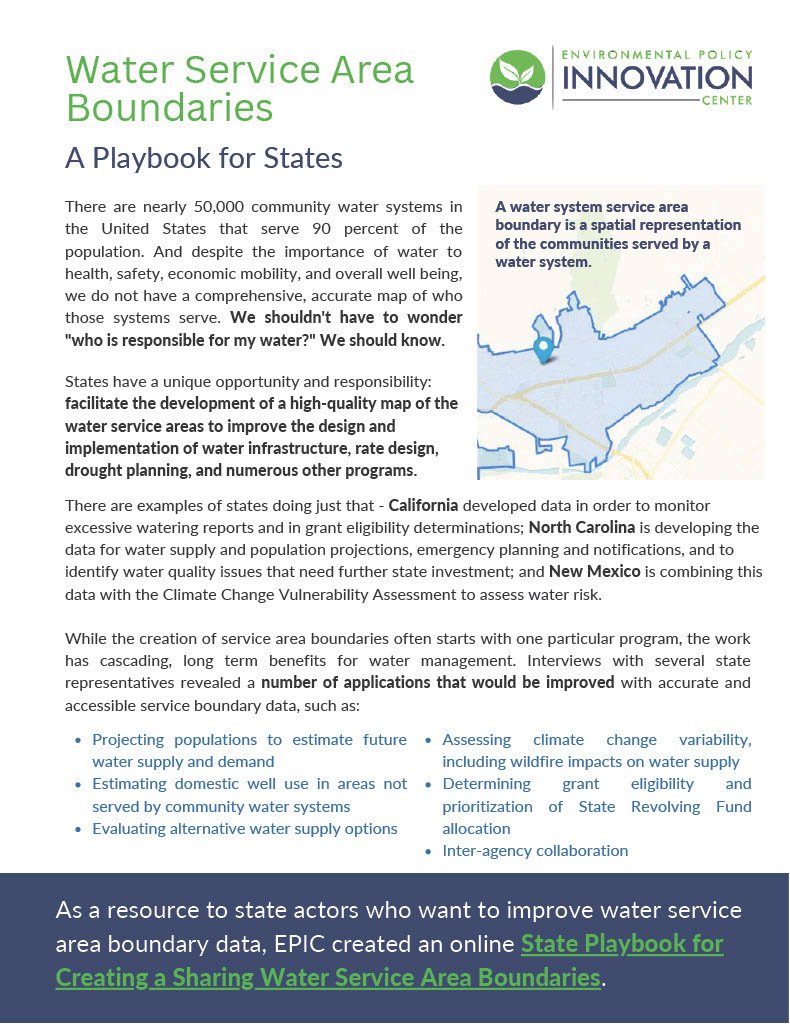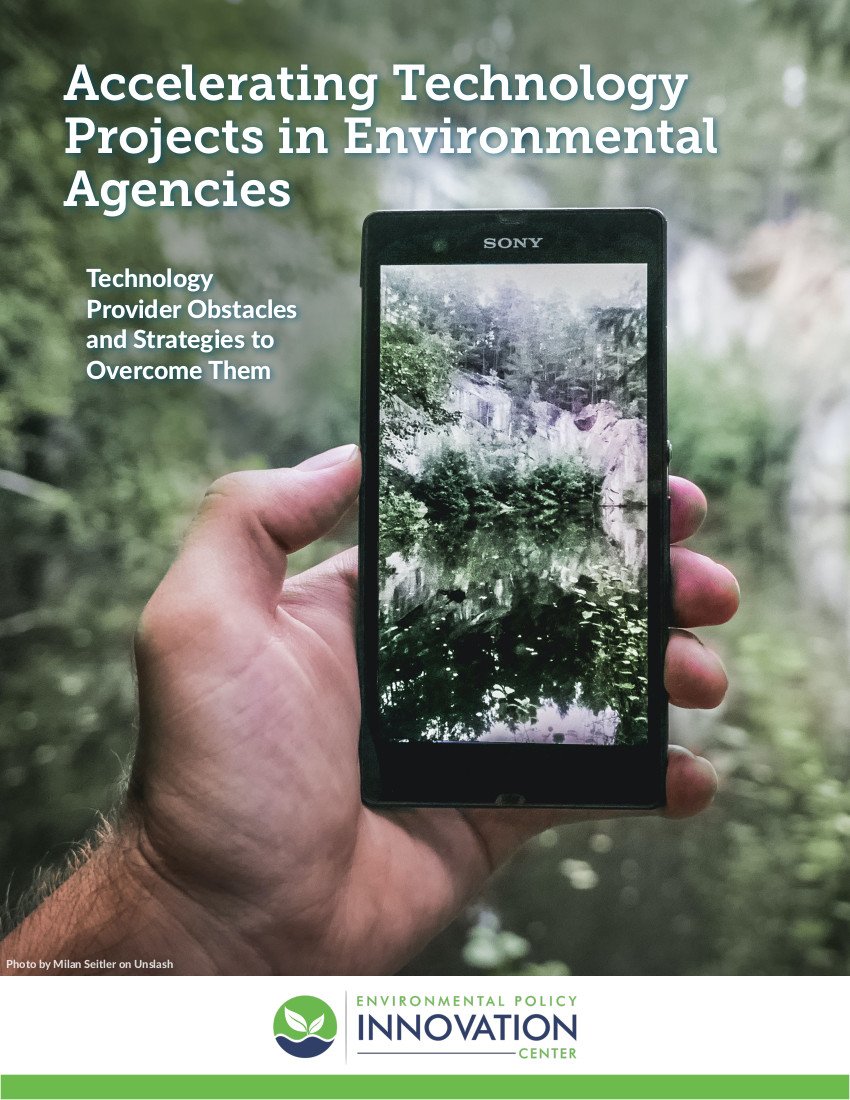
Using AI to assist in government procurement

Comment Letter on the National Nature Assessment

A New Job, A Transition, and A Commitment to Planet Earth

JournalAWWA: Raising Consumer Confidence in Water Quality

How water service boundary data advances environmental justice and climate resilience

Comment Letter to the White House Environmental Justice Advisory Council

CEJST is a simple map, with big implications and attention to cumulative burdens matters.
How the White House’s Climate and Economic Justice Screening Tool guides Justice40 and four recommendations how it can be made better to advance equity

Billions of dollars and more than 30 EJ screening tools - How are Justice40 opportunities rolling out? Let’s find out!
EPIC is launching a new research project with Beech Hill Research and Climate XChange to analyze if and how states are spending funds equitably from J40, IRA and other federal sources. In this first phase of work, they will be investigating the pros and cons of the current workflow that state officials use to secure federal funding. Read more details about the project, and what you can expect from us in the coming months.

Environmental agencies’ $1.5B IT budget - where does it go?

Water Service Area Boundaries: A Playbook for States

Bringing Human-Centered Design into Restoration Tracking
If You Can Track a Pizza, You Can Track a Permit

Accelerating technology projects with environmental agencies starts with proactive communication

To spend $20 billion, USDA needs to embrace conservation tech
Second in a series, this blog explores how USDA can use emerging technologies to speed up delivery of conservation money in the Inflation Reduction Act.

Accelerating Technology Projects in Environmental Agencies

It’s Time to Invest in a Modern Map of our Nation's Wetlands
Investing in a Modern Map of our Nation's Wetlands

Sovereignty, Data and Maps: How accurately represented are Tribes in water utility service area boundaries data?

Communities need better information about water service area boundaries.

Water service area boundaries enable new insights - including identifying water systems that are most in need of funding to address drinking water inequality.


